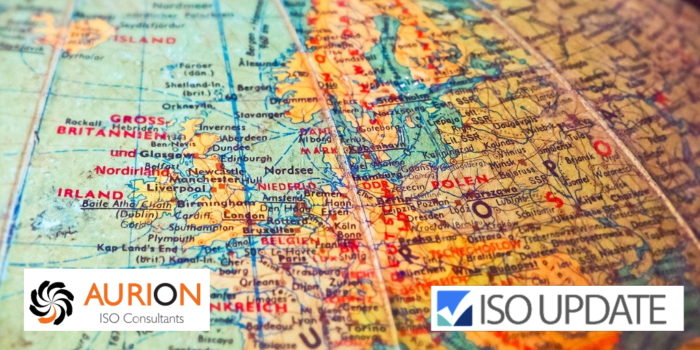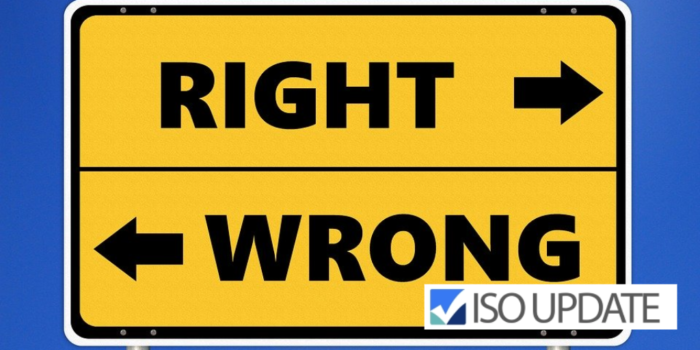Written by: Mohit
The fundamental goal of any business is to maximize its customer reach and scale it to new heights. To achieve these goals, you must be at the top of your game.
Customers that care about the quality and effectiveness of their purchases are inclined to spend dollars on companies because they can rely on them to meet their standards. Many potential customers are usually not confident enough to put their values in the hands of small and medium scale businesses unless a company has given them a reason to earn that trust.
Reaching out to those values of the customers, or manufacturers and helping them make their purchasing decisions can escort you to a new growth course of action. ISO standards are right for your business because they help you to reach out to new customers and create value in the global marketplace.
The purpose of standardization is to ensure consistency and safety of products, promotion of global compatibility and streamline production in various industries.
With the increase in e-commerce businesses, customers have changed their way of traditional shopping. They are more indulged in online shopping. Business owners are also shifting to the new digital mode of shopping by selling on e-commerce giants such as Amazon Seller Central. So, if you are someone who has an online e-commerce business and is passionate about taking it to the next level, do consider getting this certification.
To start an online business, you will need to look into certificates and registrations, some are mandatory like GST registration, business licenses, etc., and others like ISO are only mandatory for some industries whose clients require it – but it comes with its own set of benefits. Just like how a GST Number is crucial for a business to provide authenticity and credibility, so too does ISO Certification. GST Number will be provided as per the GST State code of the Business location, and your company will receive a Certification of Registration to the ISO Standard you are working towards, for example, ISO 9001. Every business owner must consider it for the future growth of the Organization.
In this article, we will see how e-commerce sellers need to think about getting ISO certification and what value it will add to the business.
What are ISO Standards?
The International Organization for Standardization is an international independent and non-governmental body that has a set of protocols and guidelines to ensure the safety, quality, efficiency, and performance of the products. When your business is competing in the global marketplace, it is necessary to keep the checks and balance in place. Otherwise, it would be burdensome to maintain consistency and quality across the global market.
To avoid such situations, International Standards help to maintain this level. An organization that is said to be “ISO Certified” means that the organization has fulfilled all the requirements of that standard, conducted consistent 3rd party audits, and has proven to be in compliance with the standard. You can verify this by visiting IAFCertSearch.org or by speaking directly with the Certification Body who issues the certificate.
The root Greek word for ISO is Isos which means equal. The main goal of the ISO certification is to help organizations become equal and provide high-class services and standards. ISO certification covers safety, quality, consistency of products and the way organizations operate their business.
The maxim of ISO standards is to ensure consistency. It can be in any field, be it social responsibility, energy management or medical equipment, regardless of the industry or scope ISO certifications are applicable
For instance, if you work in the e-commerce industry, you have different marketplaces and frameworks than those in the Automotive industry. Every business has its own set of challenges and risks, and therefore implementing ISO Standard can help you mitigate those and increase efficiencies that are recognized on a global scale.
How ISO Standards Certificates Can Help E-commerce Sellers
International Standards create a sense of confidence and reliability among consumers. ISO standard certification can be great for e-commerce sellers to gain international recognition in the global market. ISO certified companies show the rest of the world how they can work in conformity in the global market with international standards.
For customers, this ensures that the organization offers excellent services.
ISO 9001 certification verifies to customers an organizations commitment to ensuring quality, consistency, and authenticity. There are so many benefits for e-commerce sellers, some of them are mentioned below:
1. Customer Satisfaction
Customer confidence increases as standardization ensure the consistent quality of products. Standardization enables customers to be proactive in researching companies and selecting quality products and services. It illustrates the ability of the organization to constantly deliver high-quality services and products as promised by the organization by means of an effective business system that allows checks and balances along the whole process to avoid risks and increase customer satisfaction.
Customer satisfaction is a vital element of ISO 9001. This standard not only focuses on boosting sales and quality but focuses on customer reviews and feedback, so your organization is constantly understanding your customers, their needs and wants, and any changes that need to be made. This enables organizations to improve the service quality that they provide.
Gradually, the organization will generate large customer satisfaction and lesser complaints. Over time, fewer mistakes are made, and consistency improves. Hence, ISO certification can boost customer satisfaction and will let your business grow, creating recommendations and repeat business.
2. Brand and Reputation
Whenever any company gets ISO certified, they get well known for its brand in the market. The badge is followed by creating a sustainable reputation in the market. As quality, authenticity, and consistency of the services or products are ensured, the brand name and visibility in the market gets increased.
Brand name and reputation play an important role to be recognized in the marketplace. Through ISO certification, any small or medium-sized business can get the authority to get recognized. ISO helps to increase the visibility of the organization and increase its quality.
3. International Business
Standards provide your business access to new markets. You may be eligible for government contracts, join supply chain projects, or be able to win contracts over your competitors.
Standardization enables the local e-commerce business holders to enter the global markets. By entering in the international market, you have a lower chance of being the first option for many customers who are not familiar with your brand. Being able to boast Internationally Recognized certification for quality like ISO 9001 can give your potential customers trust in your product and its reliability. We all have had one experience or many of ordering something online and the product that you receive is nothing like you expected. That will ruin the reputation of your business in the eyes of that consumer, and potentially more as they tell their story to others. And with the rise of posting on social media to bring attention to these reviews, one bad review can be detrimental to your organization. Perfecting your system using International Standards can ensure you are consistently making quality products just like the pictures on your e-commerce site, thereby negating that risk.
With consistently achievable quality and customer satisfaction, your customer reach increases, which expands the business and increases the overall profits. This can be a huge step, as entering the international market will create a brand image of your business at a global level, among the big companies. You will get to compete in the global market that will take your business to new heights.
4. Ensures online security
Just like an SSL certificate of registration on your website provides proof that the e-commerce business is inclined towards the online safety and security of its customers, ISO Certification shows your commitment too. Ownership, user credentials, use and display of any ISO Certificates are controlled by guidelines that are published by the Certification Body that issued this certificate, and therefore will be able to help anyone interested validate the authenticity of a certification. This is important as an unaccredited certification is not valid.
Organizations with a vested interest in protecting their information secure online might also what to investigate certifications like ISO 27001 to preserve the integrity and confidentiality of their customers’ information. The ISO 27001 is an international standard that defines requirements for an Information Security Management System, and it strives to ensures that sufficient security controls are set in motion within the certified organizations.
The e-commerce giant Snapdeal achieved ISO 27001:2013 certification making it among some of the e-commerce companies to do so. The certification helps in implementing an information security management system that enables organizations to gain a competitive advantage in the market, prevent cyber threats to the customers and meet supply chain demands.
So, customers would want to shop from such e-commerce portals with utmost security standards.
5. Increase in Revenue
Once your e-commerce business ISO certified, they have a quality certificate that can be advertised and respond to requests for more quotes from big firms. Consequently, ISO certificates increase your sales and revenue. Three in five companies that adopted ISO increased their revenues.
Customers like to shop from a reliable site, as ISO certification prepared organizations to take active steps to understand and prepare for risks and work towards consistency in quality, authenticity and integrity of your interfaces and it is behind the scenes processes at all levels of their organization. This enables the organization to run smoothly and focus on what they are good at, impressing their customers. This universal approach to processes across your organization will help customers feel like each stage of their journey is seamless and more consumers will come to shop from your online store as a result.
Note: Many companies require suppliers and manufacturers to be certified. You also get a chance to enter foreign markets, which is an added advantage.
The movement of goods, logistics, supply chain makes trading easy and safe when an organization has a unified and consistent process-based approached rooted in an internationally recognized standard like ISO. It is a great way to help your company understand your business and its commitments, showcase your accomplishments through certificate, and win deals through this competitive advantage.
About the Author
Mohit is an e-commerce expert at MohitECommerce. He works on many e-commerce marketplaces and helps the vendors in Amazon Seller Registration, Amazon Fba, Paytm kyc, etc. He likes to meet all types of businesspeople who are interested in stepping up into an online marketplace.


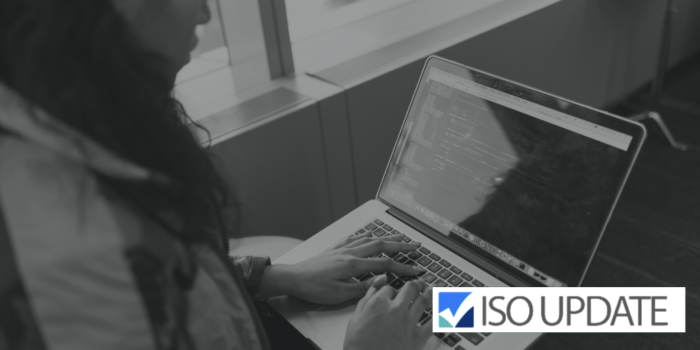



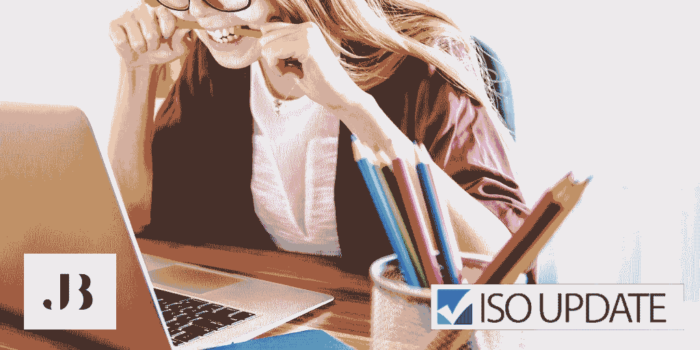
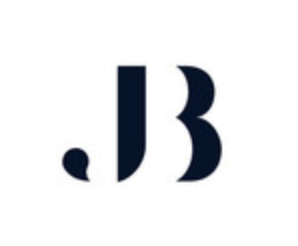 Jorine Bibi is an environmental blogger. She hopes that her articles provide her readers with information on what the world can do to reduce its energy use. She also believes that if we don’t address the issue of climate change soon it will be too late. In her free time, she likes to tend to her garden.
Jorine Bibi is an environmental blogger. She hopes that her articles provide her readers with information on what the world can do to reduce its energy use. She also believes that if we don’t address the issue of climate change soon it will be too late. In her free time, she likes to tend to her garden.
